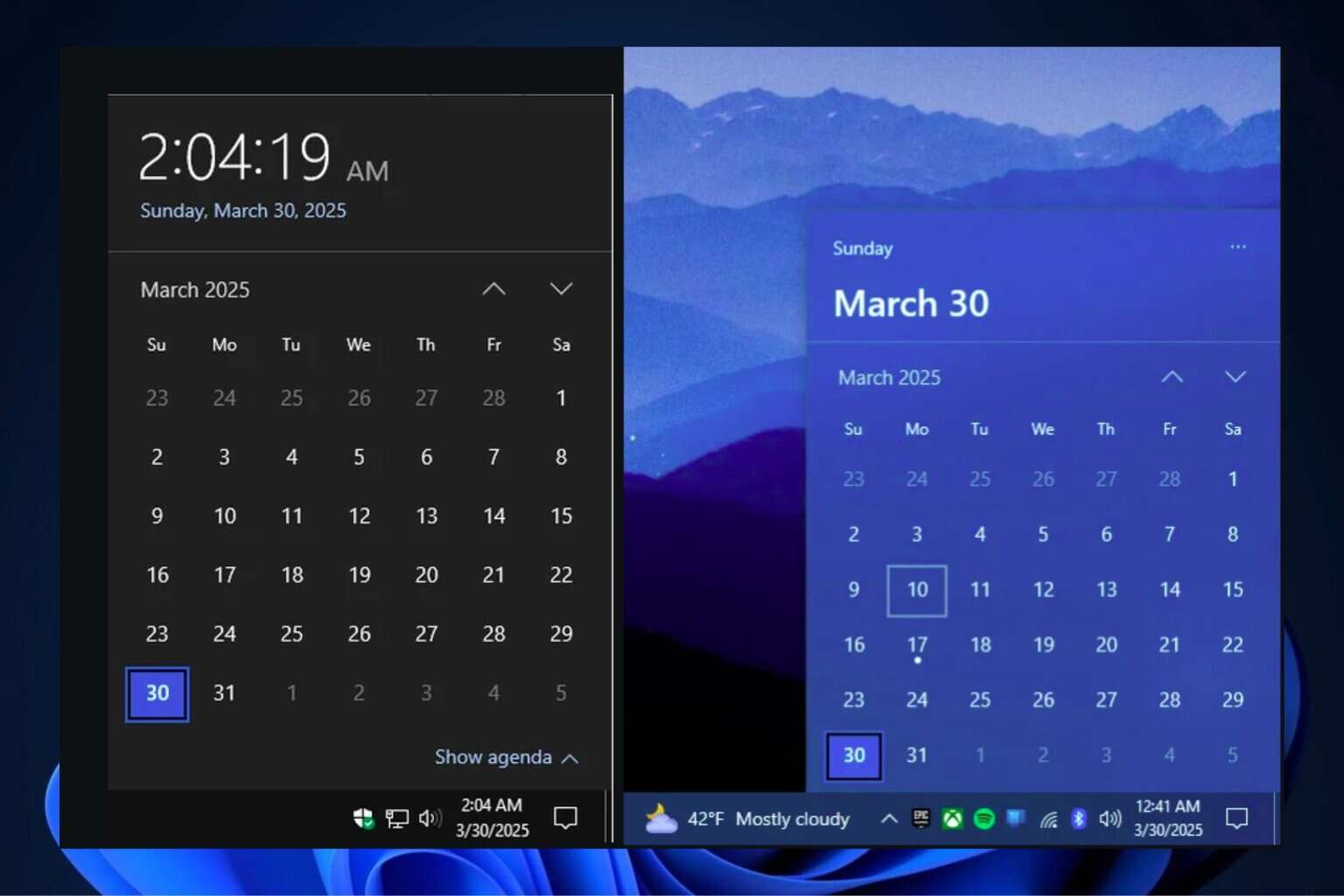Windows 10/11 segment heap stretches CPU resources, tests show
2 min. read
Published on
Read our disclosure page to find out how can you help Windows Report sustain the editorial team. Read more
Key notes
- Microsoft introduced segment heap in Windows 10 for Win32 apps to use RAM more efficiently.
- According to Google/Intel tests, segment heap compromises CPU performance.
- Go to the Microsoft Edge section to discover more UX enhancing features for Edge users on Windows 10.
- For Windows 10 news, feature updates, and troubleshooting guides, check out Windows 10 page.

Microsoft introduced segment heap in Windows 10 for Win32 apps to use RAM more efficiently. Its Chromium-based browser, Edge, is one of the beneficiaries of the memory-saving technology.
But a recent discovery by an Intel engineer appears to throw cold water on all the optimism Windows 10 segment heap has elicited among browser users so far. According to the engineer, the technology sacrifices processing performance for RAM efficiency.
Chrome 85 drops Windows 10 segment heap
Chrome has a well documented RAM hogging history. That’s why Google was quick to embrace the memory-saving technology that Windows 10 introduced recently.
But a Chrome developer, Bruce Dawson, now says that segment heap introduces an unacceptable CPU cost. So, they’re disabling the feature for the upcoming Chrome version 85.
The CPU cost (10% slowdown on Speedometer 2.0, 13% increase in CPU/power consumption) is too great for us to keep.
In other words, tests show that any Windows 10 app that starts using segment heap gobbles up more CPU power than before.
Dawson adds:
We are taking the decision to revert this change (for now) very seriously. I think that the increased CPU cost is enough that it will harm battery life. I’m sure it won’t be postponed for long.
Did Microsoft know this? One might wonder. According to the company’s internal tests, the new technology enables apps to cut memory use by up to 27%.
With that said, Microsoft Edge could still use this level of RAM efficiency as an alternative to RAM-hogging browsers.
But how do apps find a balance between CPU and RAM efficiency?
Perhaps developers should consider supporting Windows 10 segment heap as an opt-in feature. This way, users get more control over how their apps utilize the mission-critical system resources.
Have you experienced the impact of the new Windows 10 RAM-saving feature with Edge or any other Win32 app? You can let us know in the comments section below.
[wl_navigator]









User forum
0 messages